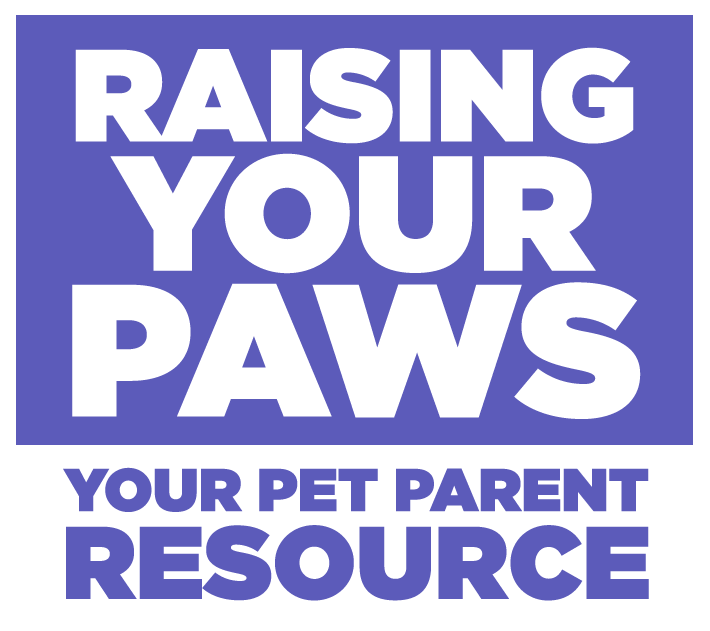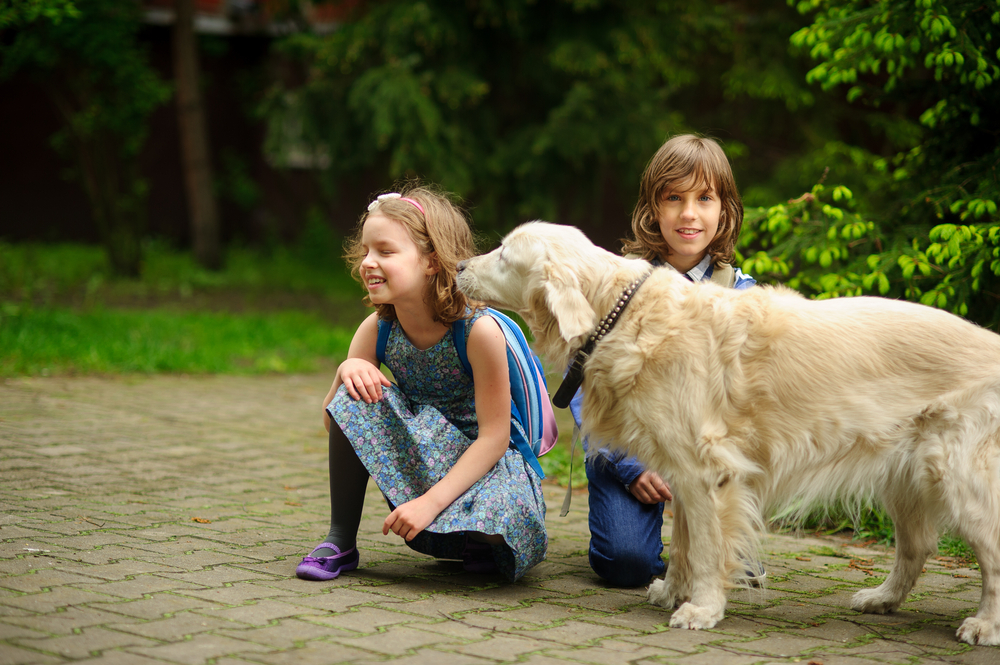We have gotten good at teaching children that they need to ask a person if they can pet their dog before they come close to do so. For the last few years, every child that Rosy and I come upon on our walks, politely asks me if they can pet her.
What we don’t think about is asking the dog if they want to be petted or meet a new person. This is a crucial factor that can mean the difference between a happy, positive, interaction between child and dog or a very bad outcome ending in trauma and injury. Getting the dog’s “permission” must be considered – which is actually much more important than the humans.
Then, if the dog does demonstrate that it is willing to meet the child, there is the correct and safe way to greet and pet an unfamiliar dog so that the dog does not feel fearful or threatened, which can result in aggression.
In this week’s episode 95, of the Raising Your Paws podcast, you can hear the first part of my conversation with Michael Shikashio, a Certified Dog Behavior Consultant who specializes in dog aggression, where I tell him the story of a child that was bitten recently in my town when she asked to pet a dog. Michael then explains how dogs show us if they want to meet and be petted or not and how we are to behave.
Here are the important bullet points for you from that conversation. I suggest you print this out and post this in your home as a handy reminder. We can prevent dog bites by watching for signs from the dog and by following the steps for safe petting. And the tips for safely greeting and petting a dog applies equally for children and adults.
How to know if a dog wants to greet a new person and be petted.
It’s all in the dog’s body language. Before saying “yes” to the child, ask them to stop and stay where they are a fair distance away from you, and then take a close look at your dog.
A dog that does not want to meet or be touched will show these signs.
Dog turning its body away from child.
Keeping its distance – not moving towards the child.
Licking its lips.
Ears going back.
Tail going between legs.
Standing still – somewhat frozen.
Lunging or chasing type movement towards child.
If you see any of these signs, or if you are in any doubt about how your dog is feeling, the answer to “can I pet your dog” is no.
Tell the child, “my dog does not feel like meeting today” and gently yet firmly move away, and continue on with your walk.
A dog that wants to meet someone will show it.
The dog will walk towards the child with a loose body, perhaps with a relaxed, open mouth like in panting, in a happy, wiggly sort of way. NOT lunging towards the child.
Make sure you and your dog are standing a fair distance away from the child and are holding the leash loosely with some slack so you allow the dog to walk towards the child if they want to.
The tail may wag – its position more parallel in line with the dog’s back. This is different than a tail that is held high and wagging very quickly which can be a sign of tension.
Once the dog has moved to the child in a happy-go-lucky sort of manner then its the child’s turn to correctly greet the dog so the dog does not become fearful or unsure of what the child is going to do.
The safe and correct way to meet and pet a new dog.
Stop and stay where you are – keeping some distance from the dog so that it has room to walk over to you.
Stand still. Once dog approaches turn to the side so you’re not directly facing the dog.
Avoid direct eye contact. Look at the dog from the side.
Hold arms and hands to your side. No need to put hand out for dog to sniff.
Let the dog sniff you where they want.
Once they sniff if they stay by you, then you can ease into petting.
Pet under the dog’s chin to the dog’s chest.
Do NOT reach over the dog’s head with your hand to pat its head. Dogs will often move their head away from the hand reaching out to touch it. Don’t ignore this. They are clearly telling you they don’t want to be patted on their heads.
No hugging, kissing or putting your face right in the dog’s face.
As the owner of the dog, continue to watch and monitor the dog to make sure they are still feeling comfortable and make sure the child is not moving in front of the dog to hug or kiss them.
Redirect child’s desire to hug by teaching them how to properly give the dog a treat.
Here are the resources mentioned by Michael about teaching children to safely interact with dogs.
Family Paws: Expert Support & Resources for Families with Dogs.
Living with Kids and Dogs: Parent’s Secrets for a Safe and Happy Home.




0 Comments